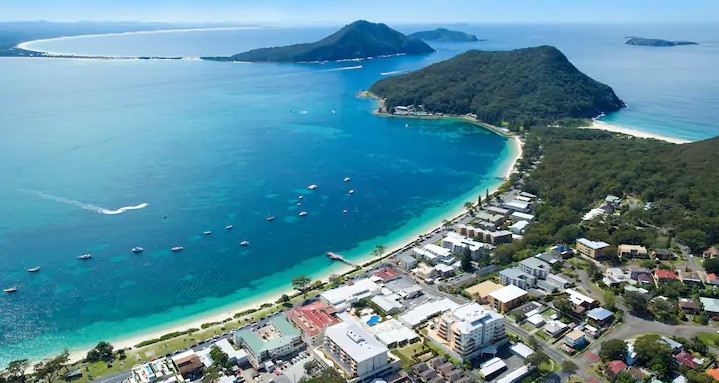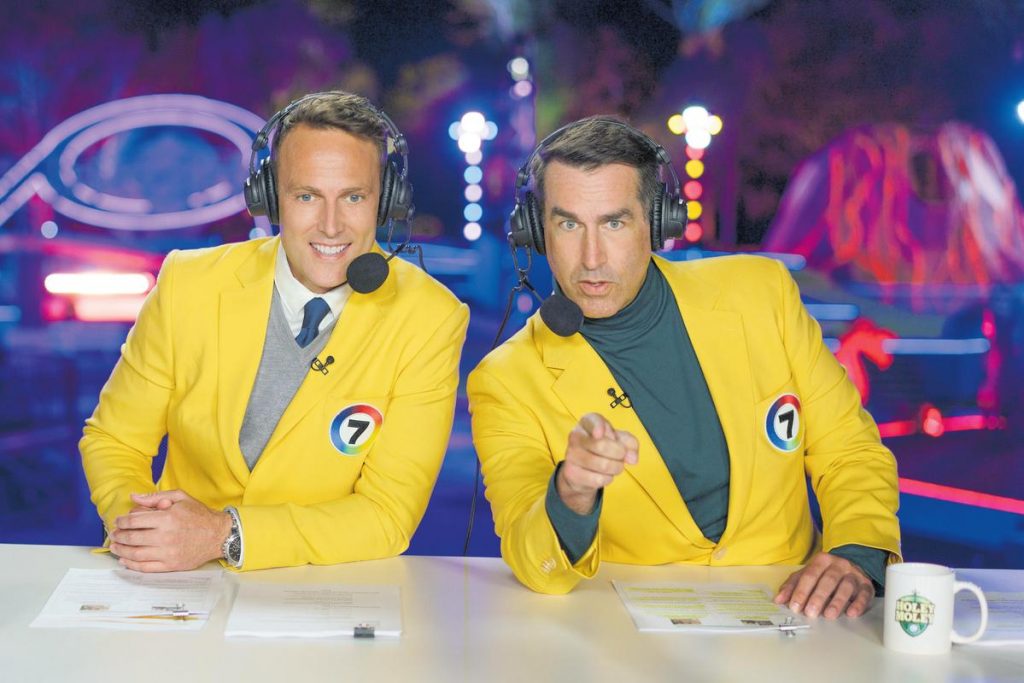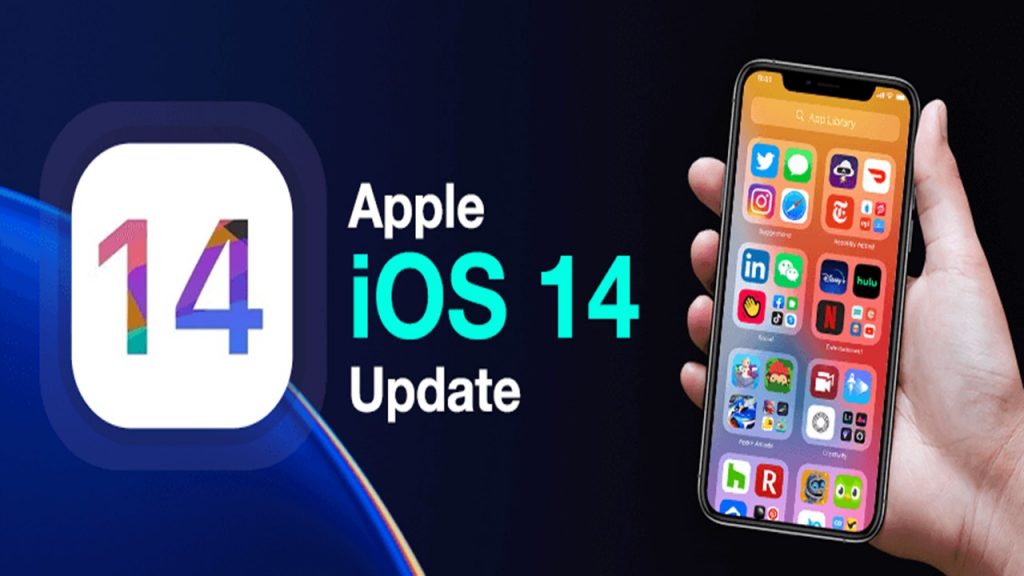
REGIONAL AUSTRALIA – BOOM!

There is no doubt we live in strange times and perhaps one of the more intriguing by-products of this is the effect it is having on Regional Australia. Data from the Australian Bureau of Statistics shows some 11,200 people relocated from the nation’s capital cities to regional areas in the September quarter, the biggest quarterly movement out of metropolitan Australia on record. In the June quarter, the capital cities had a net loss of 10,500 people to regional areas which was the previous largest net quarterly move on record and more than double the average observed over the last decade. Job vacancies across regional Australia also hit a record high of 54,000 in October, up 7.4% on September, and a 13% increase from a year ago.
Interestingly, overseas migration makes up an enormous proportion of the capital cities annual population growth. At last count, overseas migration made up 93% of Adelaide’s annual growth, 85% of Sydney’s and 70% of Melbourne’s. Assuming overseas migration is unlikely to happen in the next year or so, capital cities are going to struggle to show any growth while regional Australia seems to be having a population boom.
Now that WFH is becoming a thing, it seems many people are making the sea change, particularly in areas of 1-3 hours away from a capital city. So much so that house prices in regional Australia have risen at a higher annual rate than in capital cities for the first time in more than 15 years. Regional prices grew almost 7%, more than three times the capital city growth of 2%.
From an advertisers perspective, regionals deliver a number of enticing facts such as having 5 of the 10 biggest online shopping postcodes in Australia. Or that the NT has a median income 20% more than the capital cities or Queensland has 51% of it population in the regional markets. The regionals also have more disposable income due to the lower cost of living.
Looking at the SMI data, Regional TV has stayed at around 14% of all National TV ad spend for the last 10 years. Regional Radio has fared better growing its share of all National Radio spend from 16% in 2010 to 23% in 2020. The closure of many regional papers in July last year has definitely helped the regional radio stations gain more advertising dollars.
However, only around 10% of advertising budgets are spent in the regional markets even though 36% of the country live in those regions. These figures obviously look disproportionate although the cost to reach people in the regional markets is generally somewhat cheaper than reaching people in a capital city. As an example, if it costs $100 to reach a thousand people on Metro TV, it only costs $40-$60 to reach a thousand people on Regional TV. Even with this TV cost efficiency, the regionals still underperform for their share of advertising dollars. Unfortunately the lower cost (with arguably greater impact) is not enough to lift regionals up the ‘priority spend’ criteria. Advertising budgets are invariably prioritised to the larger markets which is usually to support distribution / store fronts. With ecommerce ever increasing for clients, this could change although for large products requiring truck delivery the cost of distribution can become problematic.
Our advice is to have an open mind about regionals especially as it is absolutely on trend at the moment!
WHAT’S NEW IN MEDIA – HOLEY MOLEY

Channel 7’s latest ‘golf’ show, Holey Moley, (think a cross between Ninja Warrior and It’s A Knockout), launched on Monday night. It was a successful launch with 1.58 million viewers nationally and easily beat MAFS and the Amazing Race that were aired at the same time.
The commentating combination of Matt Shirvington and Rob Riggle (US comedian) has great chemistry and ensures the program is not taken too seriously. How could it be when contestants are set alight or have Agro abuse them whilst they are trying to putt a golf ball.
Initially it was going to be filmed in the US with the AFL commentator, Brian Taylor, and more air time for Greg Norman. However Covid shut that plan down and it is now filmed at Thornlands in the city of Redland, Queensland. As this is an international format, the set can now be used by other countries for their local productions.
The show is running for 13 episodes and is presently the number 1 show for People 16-39. Last night’s ratings were around 40% down from the launch so it will be interesting to see how it rates next week.
DIGITAL – APPLE MAKING IT HARDER TO TRACK CONSUMERS!

Apple started the cookieless future back in 2017 through the introduction of the Intelligent Tracking Prevention (ITP) on its default ‘Safari’ browser. This was the start of advertisers or websites being unable to follow you around the internet with specific ads. Now Apple’s latest software upgrade (iOS 14) introduces the App Tracking Transparency (ATT) request permission from users to allow applications on your device to collect & share data/tracking signals to advertisers.

This limits the data that Facebook and websites now have to track consumers making it harder to track and understand collected data. As more people opt out of tracking on iOS 14 devices, ads personalisation and performance reporting will be limited for both app and web conversion events. Facebook won’t be able to tell us who converted from their platform and the apps / websites won’t know the age, gender, placement or location of the people who have landed on their site.
‘Real time’ reporting is no longer on those devices and data may take up to 3 days to be collected meaning we can’t make quick changes or optimisations.
We used to have the 28-day click-through, 28-day view-through and seven-day view-through but this will no longer be available. Attribution allows us to see the actions a user takes after clicking on an ad and prior to converting. The window of actions we could previously collect data on was 28-days prior to the conversion, but this update minimizes the attribution to a 7-day attribution window.
In the meantime, if you would like to read more on Facebook’s changes here. If you have any further questions, please do not hesitate to reach out to our team to discuss how we can help you navigate the changes with your business.
SMI UPDATE – DECEMBER 2020

December SMI continues the good news of October & November as it is another positive (+2%) compared to the same time last year. This means the Oct-Dec’20 quarter is up 5.3% or an extra $100 million has been spent on advertising compared to the corresponding quarter in 2019. However, it should also be noted that 2020 is -15% down compared to 2019. For the first time since 2009, the SMI figure is below $7 billion with the 2020-year total sitting at $6.24 billion.
The categories that greatly affected 2020 were Travel and Auto and between them there was close to half a billion dollars less advertising spent in 2020. Advertising spend on Gambling was also down $50 million. The categories that gave 2020 some hope and had double digit growth were Healthcare, Technology and Food.
The big winners of the Oct-Dec’20 quarter are Digital (+18.3%) and TV (+15.7%). Radio has recovered somewhat but was still -3.9% down for the quarter. For 2020, Digital escaped with the least pain being down -2.5% for the year. TV was -12%, Radio -22.7%, Newspapers -26.4%, Outdoor -38.4%, Magazines -42.4% and Cinema -67.9%.
FAST FACTS

- Valentine’s Day is believed to have its roots in an ancient Pagan festival
- 52% of the world’s population are under 30 years of age!
- New Zealanders have more pets per household than any other country
- Chocolate comes from a fruit tree; it’s made from a seed
- 2020 US Presidential & Congressional candidates spent a staggering $14bn
- 63% of Australians would like to be able to lose weight
